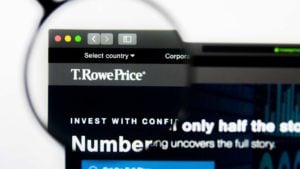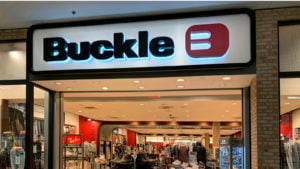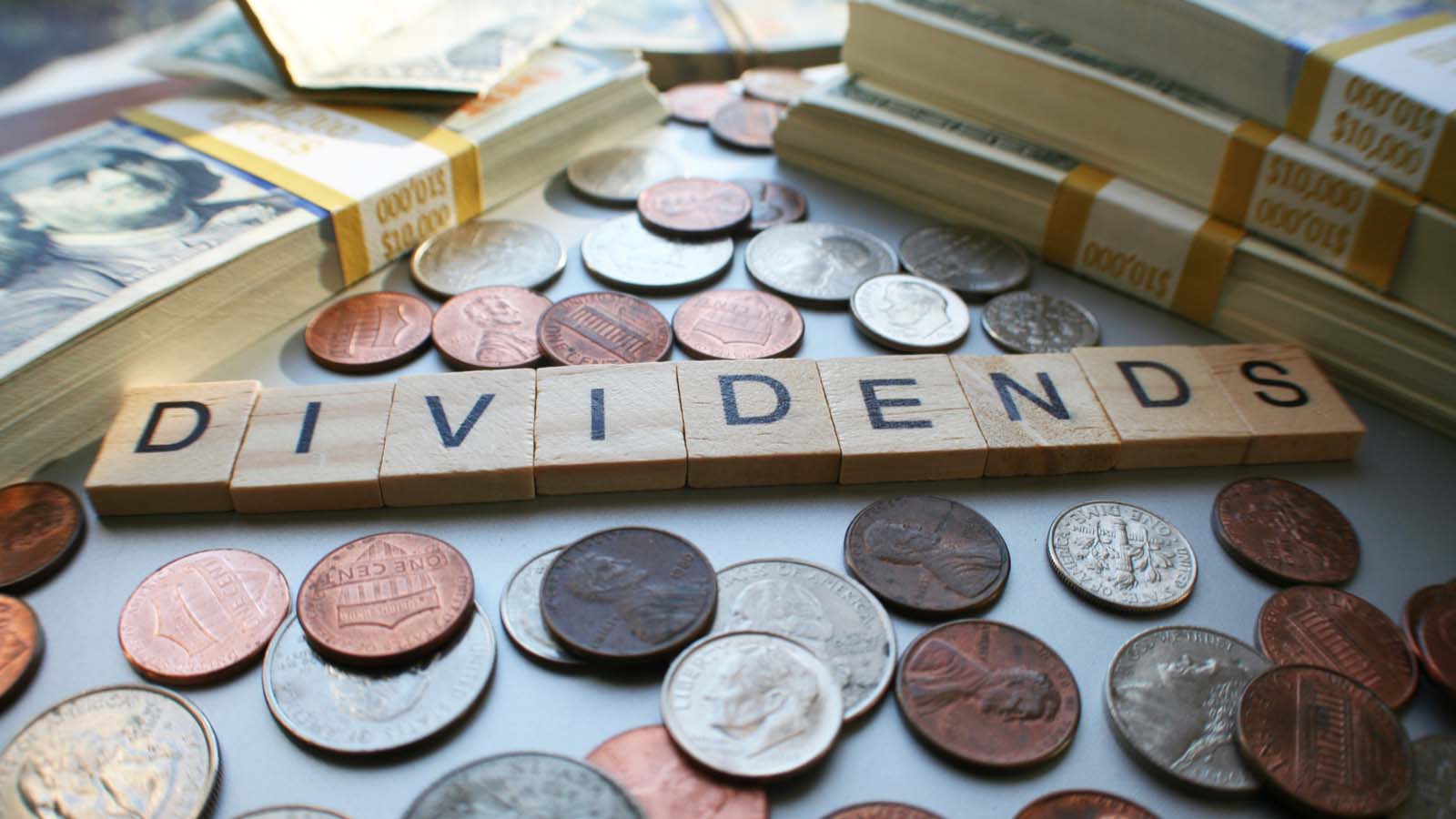If you’re looking for the best dividend stocks to buy in 2023, an excellent place to start is with the Vanguard Dividend Appreciation Index Fund (NYSEARCA:VIG).
VIG is one of the largest U.S.-listed dividend ETFs with $66.1 billion in share class total net assets. The ETF tracks the performance of the S&P U.S. Dividend Growers Index, a collection of 289 dividend-paying stocks that have a record of increasing their dividends over time. In 2022, VIG had a total return of -9.8%, about half the loss of the SPDR S&P 500 ETF (NYSEARCA:SPY), making it a solid choice for offense or defense.
Of course, you’re here because you want to hear about the best individual dividend stocks. When looking for the best dividend stocks to buy, I’m more interested in dividend growth than a stock’s yield. A stock’s yield can go up simply because its share price has fallen, whereas dividend growth and earnings growth tend to go hand in hand.
Below are three of the best opportunities for investors seeking dividend stocks to buy.
| TROW | T. Rowe Price | $105.03 |
| BKE | Buckle | $37.70 |
| TXN | Texas Instruments | $171.64 |
T. Rowe Price (TROW)

Source: Pavel Kapysh / Shutterstock.com
According to Finviz.com, 63 financial stocks in the S&P 500 have a market capitalization greater than $10 billion. Asset manager T. Rowe Price (NASDAQ:TROW) has the 13th-worst performance over the past year. Down 24%, investors have stayed away.
Barron’s discussed just how out of favor T. Rowe Price has become in early December. It was barely more popular with analysts than Bed Bath & Beyond (NASDAQ:BBBY), a retailer that many predict is headed for bankruptcy courts.
Barron’s contributor Jack Hough argued that the negativity on TROW seemed overdone given the attractiveness of the underlying business.
“Last year, Baltimore-based T. Rowe turned 50 cents of each revenue dollar into operating profit. That’s 20 cents more than Apple (NASDAQ:AAPL), which was riding high pandemic demand for its gadgets. Assets under management for T. Rowe ended the year at $1.69 trillion, triple what they were a decade ago,” Hough wrote.
Almost one-third of the way through 2023, analysts haven’t lost their disdain for TROW. According to MarketWatch, none of the 16 analysts covering its stock rate shares a “buy.” Overall, they have an “underweight” or “sell” rating with an average target price of $93.38, 11% below where it’s currently trading.
The company reported its latest results on Jan. 26. In 2022, despite the 24.5% decline in its assets under management, it managed to generate 33.4 cents of adjusted operating income from each dollar of revenue.
The company pays a $1.22-a-share quarterly dividend that currently yields a healthy 4.4%. T. Rowe Price has increased its dividend for 37 consecutive years.
Buckle (BKE)

Source: damann / Shutterstock.com
Buckle (NYSE:BKE) is a SMID-cap apparel, footwear and accessories retailer with a current market capitalization of $1.9 billion and a penchant for special dividends.
Since the beginning of 2019, it has paid out $6.90 in special dividends. The latest special dividend was paid on Jan. 27, giving shareholders an extra $2.65 per share in addition to its regular 35-cent quarterly payout. Including the special dividend, Buckle’s paid out $4.05 a share over the past four quarters, for a yield of 10.7%. I’ll take it. You would be hard-pressed to find another company that routinely pays special dividends like Buckle.
I’ve been writing about Buckle’s capital allocation practices for over a decade. “By my calculation, Buckle has achieved an annualized total return of 26.6% since the end of 2007 through Nov. 23, with 11.6 percentage points from dividends (76% of the special variety) and 15 percentage points from capital appreciation,” I wrote on Nov. 29, 2012.
Buckle reported better-than-expected earnings of $1.76 per share today, beating the consensus estimate of $1.61 per share. Revenue of $401.8 million also came in ahead of expectations. Comparable store sales were up 4.6% year over year, while online sales rose 2.3%. The stock rallied 3.2% on the day in the face of a broader market decline.
If you’re an income investor, BKE should be on your watch list of dividend stocks.
Texas Instruments (TXN)

Source: Katherine Welles / Shutterstock.com
Texas Instruments (NASDAQ:TXN) has increased its dividend for 19 years in a row. Most recently, the company upped its quarterly payout by 8% to $1.24 a share. The annual payment of $4.96 yields a reasonable 2.9%.
As semiconductor companies go, Texas Instruments is not the most glamorous, making analog chips, embedded processors and even electronic calculators. Who could forget the TI-35? But, of course, its calculators are a very tiny piece of its business. In 2022, they accounted for just 2% of Texas Instruments’ $20.03 billion in revenue.
The company focuses on capital allocation. As a result, it separately reports quarterly information such as cash generation, free cash flow as a percentage of revenue, and cash returned to shareholders. In 2022, its cash flow from operations was $8.72 billion, which was flat compared to 2021. However, its capital expenditures were 14% higher at $2.8 billion, cutting its free cash flow by 6% to $5.92 billion.
As for cash returned to shareholders, dividends totaled $4.3 billion, or roughly 54% of the $7.9 billion, with share repurchases accounting for 46%, or $3.62 billion.
On Feb. 15, Texas Instruments announced it would build its next 300-millimeter semiconductor wafer fabrication plant in Lehi, Utah. It’s being built right next door to its existing 300-mm wafer fab plant. It’s investing $11 billion to complete the plant. Once finished, the two plants will operate as one.
You can’t do any of this without free cash flow. It’s got plenty.
On the date of publication, Will Ashworth did not have (either directly or indirectly) any positions in the securities mentioned in this article. The opinions expressed in this article are those of the writer, subject to the InvestorPlace.com Publishing Guidelines.

